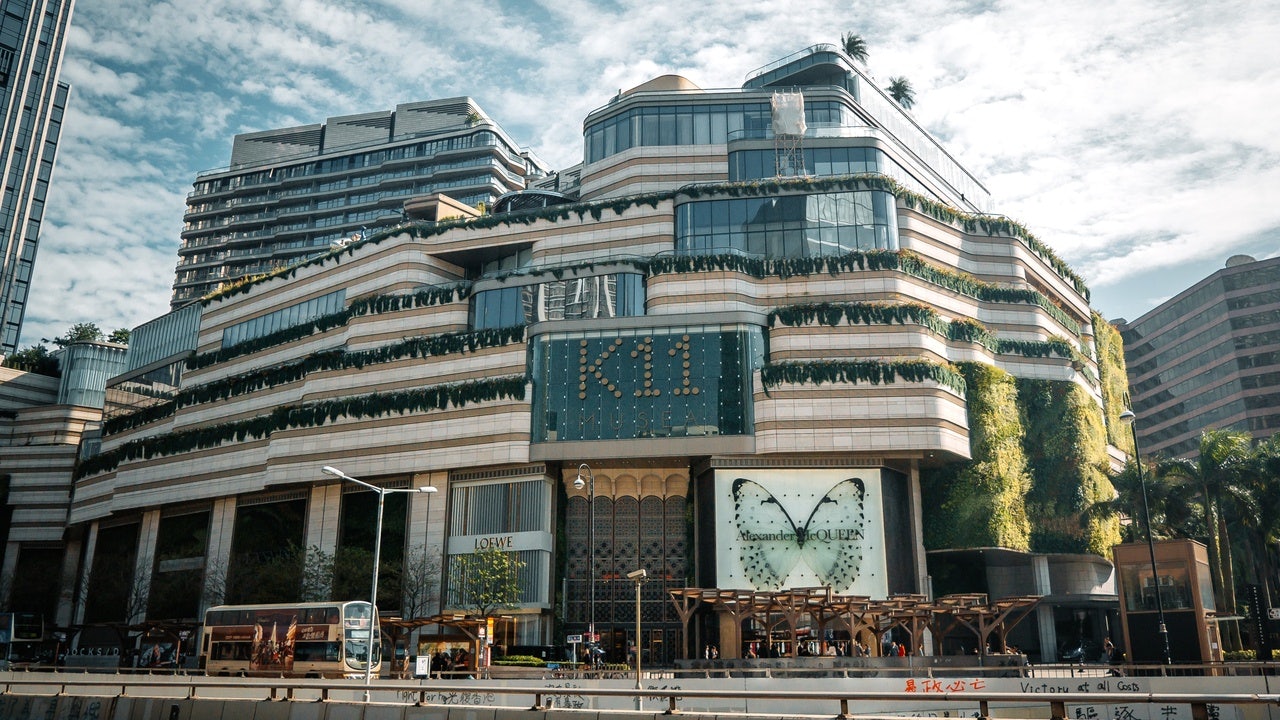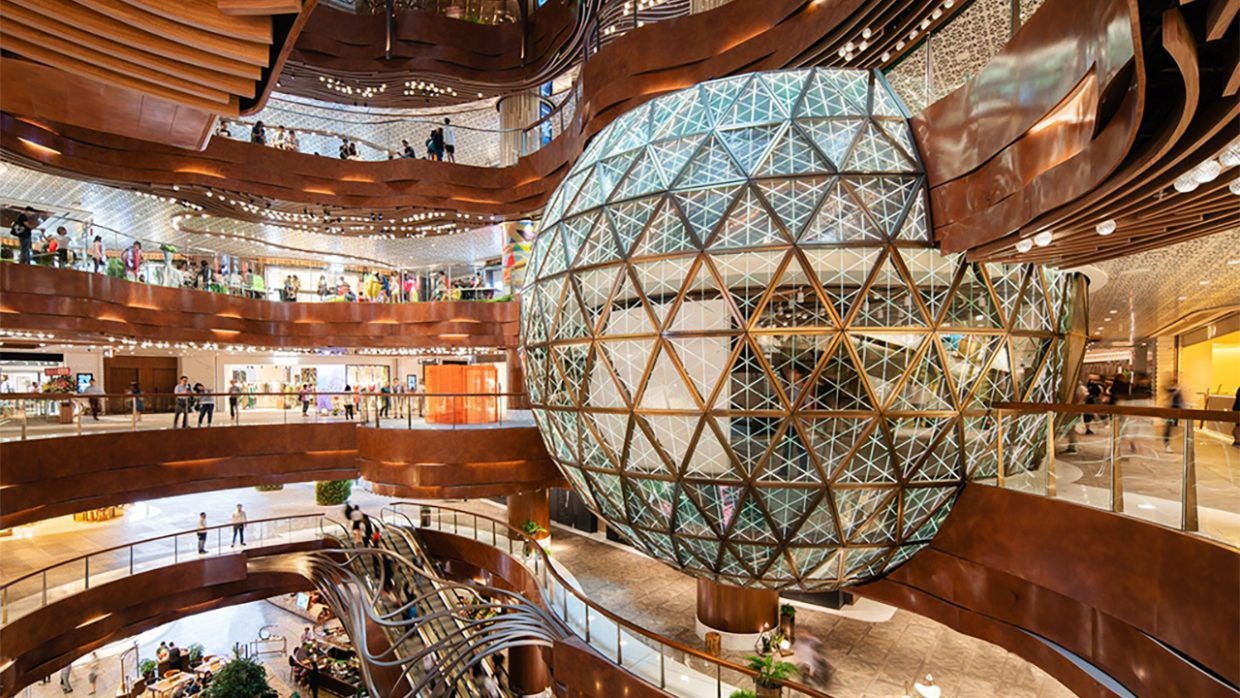Key Takeaways:#
Though this so-called “new retail” has many facets to it, one of its most common traits is an experiential nature — a distinction that has been highlighted during the post-pandemic situation.
The number of high-net-worth individuals in China is expected to hit 3 million by the end of 2021, and this demographic is moving toward the younger generations.
Property developers have jumped on the demand for new retail, betting on China’s rebound post-pandemic.
The world was stunned by China’s rapid retail recovery over the past year, but the trajectory of its shopping malls and department stores may explain its quick bounceback to some extent. China’s market disruption first began when the K11 Art Mall initiated a crossover between art and retail, marking a watershed merger between traditional and new retail.
Though this so-called “new retail” has many facets to it, one of its most common traits is an experiential nature — a distinction that has been highlighted during the post-pandemic situation. Due to the dearth of physical retail amid the lockdowns and the resurgence of digital, exclusive in-store experiences have become the sweet spots for retailers wanting to lure their customers back into stores.
And this approach has paid off. Over the first quarter of 2021, the number of visitors to shopping malls in China increased by 102.52 percent compared to the same period in 2020, according to a report by Tencent Real Estate and Tencent Map. This boom has been attributed to consumption repatriation, China’s swollen middle class, and its plethora of high-net-worth individuals.
As the 2021 China Private Wealth Report released by Bain & Company and China Merchants Bank noted, the number of high-net-worth individuals in China is expected to hit 3 million by the end of this year. Plus, this demographic is moving toward the younger generations, and their interests now extend from personal needs to family and social demands, especially when it comes to high-end lifestyles.
Property developers have jumped on this demand, betting on China’s retail rebound post-pandemic. They have been aggressively expanding their footprints in the Mainland market, both in Tier-1 cities and emerging ones like Wuhan and Hangzhou. Here, Jing Daily looks at the five major players fueling China’s luxury retail sector to see if they can maintain their success long-term.
Beijing Hualian Group#
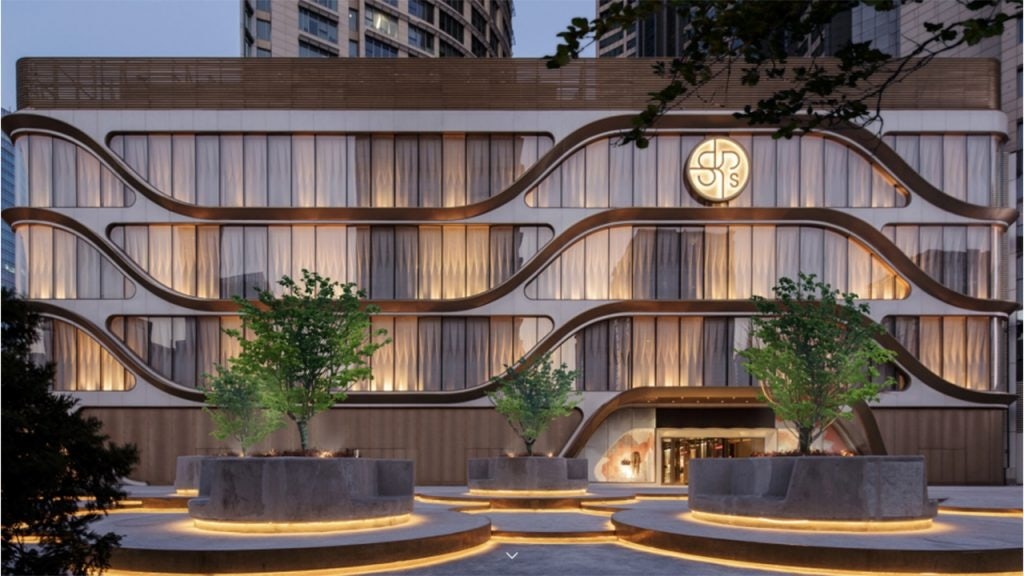
Beijing Hualian Group is the parent company of one of the most profitable shopping malls in China, SKP. Yet, it is the only domestic player that hasn't received an injection capital from Hong Kong. The mall's Beijing location even surpassed Harrods’ pre-pandemic performance for the first time with its 2020 sales.
That year, when physical retail was plummeting, SKP somehow accelerated its pace of expansion. In addition to the Chengdu project that started construction in June 2020, it also successively won bids in the core business districts of Kunming, Hohhot, and Hangzhou. This extensive retail map, which covers the north, northwest, southwest, and east regional markets, completes SKP’s long-term strategic vision: to build a nationwide shopping mall brand.
Swire Properties#
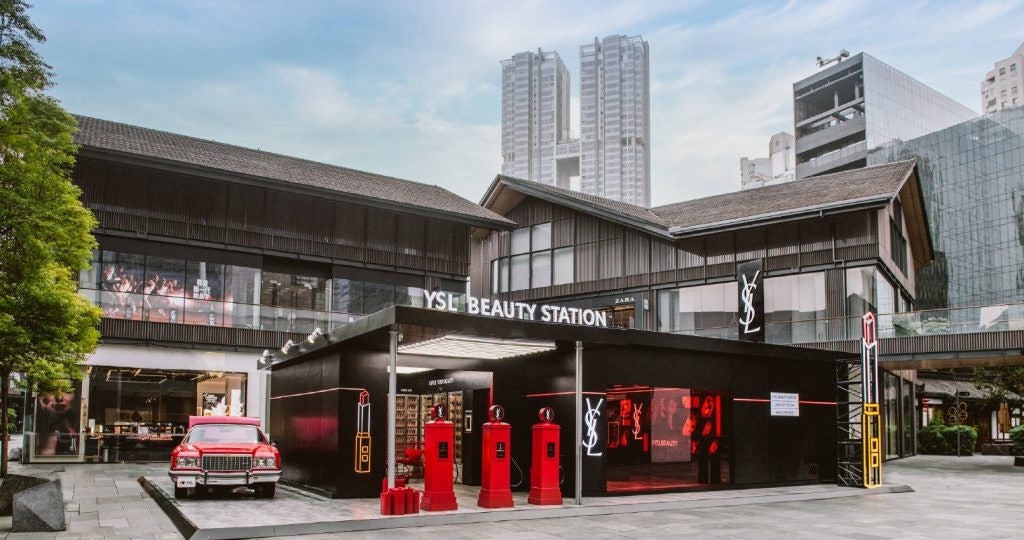
Swire Properties’ investments in Mainland China have touched down in Beijing, Shanghai, Chengdu, and Guangzhou and range from retail and commercial to residential properties. According to the group’s first-quarter earnings report, retail sales of Taikoo Hui in Guangzhou and HKRI Taikoo Hui in Shanghai have increased by 169.6 percent and 171 percent year-on-year, respectively. These numbers reflect a strong demand for luxury brands from local shoppers.
Meanwhile, on the heels of its pioneering Taikoo Li projects in Beijing and Chengdu, the company's third installment, “Qiantan Taikoo Li,” will land in Pudong, Shanghai, this September. With high-end commercial real estate and residential buildings spreading across the area, high-net-worth individuals have flocked to them, and they will naturally become potential luxury retail consumers in the district.
Distinct from its competitors that solely focus on shopping malls, Swire Properties has built its strength in integrating local culture into property projects and creating spaces where visitors can enjoy high-end lifestyles via art, culture, and fashion.
Hang Lung Properties#
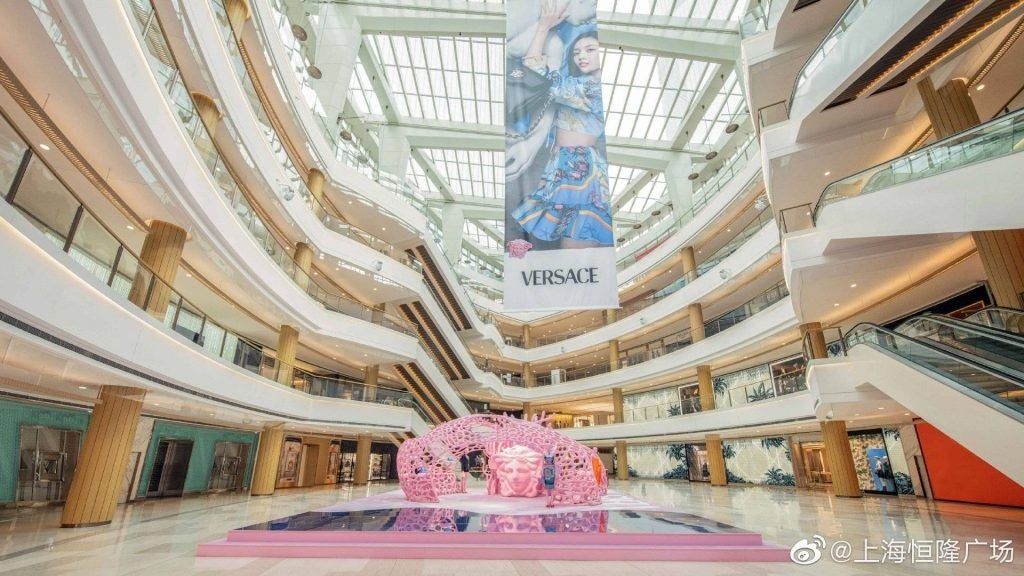
Managing 11 shopping malls in the Mainland, Hang Lung Properties set the benchmark for high-end shopping malls by housing top-tier luxury brands. In particular, Plaza 66 in Shanghai has been a leader. As recorded in the group’s 2020 annual report, the rental revenue of Plaza 66 jumped 34 percent against 2019, while retail sales surged by 60 percent for the year. By collaborating with its tenant brands, the mall provides exclusive privileges to its members and cultivates resilient customer loyalty.
However, shopping malls in the Tier-2 and Tier-3 cities — such as Palace 66 in Shenyang, Olympia 66 in Dalian, and Riverside 66 in Tianjin — still trended downward due to the pandemic. As Ronnie C. Chain pointed out in his letter to shareholders, “the divergence in performance between luxury and sub-luxury malls was most apparent during the pandemic in the first quarter of 2020 as well as afterward.” Despite projections of promise from lower-tier cities, the balance between the non-Shanghai properties and the outperformed Plaza 66 and Grand Gateway 66 will likely sway the company’s organic growth over the long term.
New World Development#

For the first half of the fiscal year ending on December 31, 2020, New World Development registered growth despite the ongoing retail gloom in Hong Kong. The company’s K11 project was the star of the group’s performance this quarter, fueling the group's revenue from property investments in Mainland China, which increased by 3.6 percent to million 112.6 million (HKD 874 million).
Revenues from K11 art shopping malls in Shanghai, Wuhan, Guangzhou, and Shenyang increased by 35 percent year-on-year in 2020. K11 in Shanghai topped all the others, recording revenue growth of 37 percent over the same period in 2019. The growth momentum was also prominent at the end of the year, as the mall registered a 22-percent year-on-year jump in December, breaking its monthly sales record. Yet, the luxury portfolio of K11 is relatively moderate compared to its peers, which may present a barrier to sales conversion.
The Wharf (Holdings) Limited#
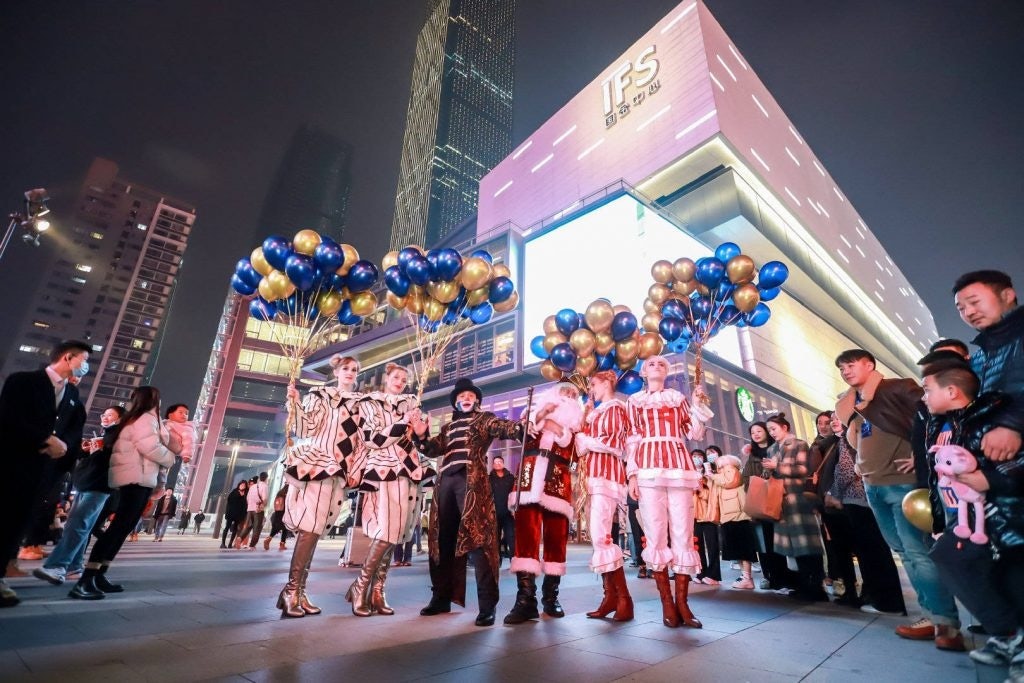
Wharf (Holdings) Limited, which owns the IFS series and the Times Square series, reported a revenue increase of 7 percent to HK4,201 million in 2020. Changsha IFS saw the most substantial retail performance, with a sales growth of 42 percent, driven by the luxury segment. With over 370 top-tier brands and an extensive tenant portfolio ranging from dining to entertainment, the mall has become a city landmark, garnering popularity among residents and visitors.
Overall, the group’s revenue of investment properties rose by seven percent to 541 million (HK4,201 million) in 2020. This increase was largely motivated by onshore, high-end spending. As Stephen Tin Hoi NG, chairman and managing director of Wharf Holdings, stated in the annual report, “Demand for ultra-luxury properties remains robust, and the group’s Peak Portfolio stays at the top of wish lists for sophisticated buyers and tenants.”
